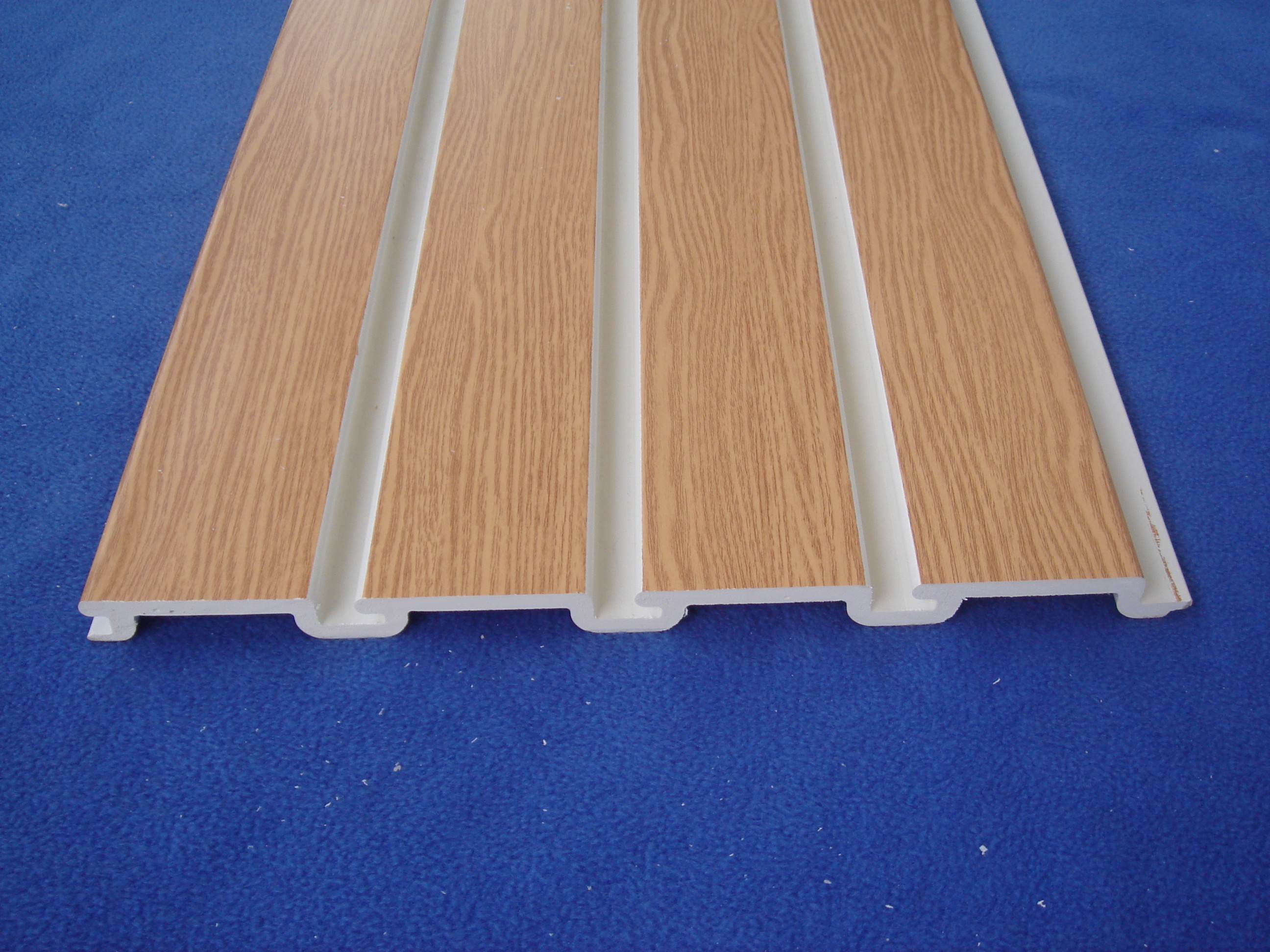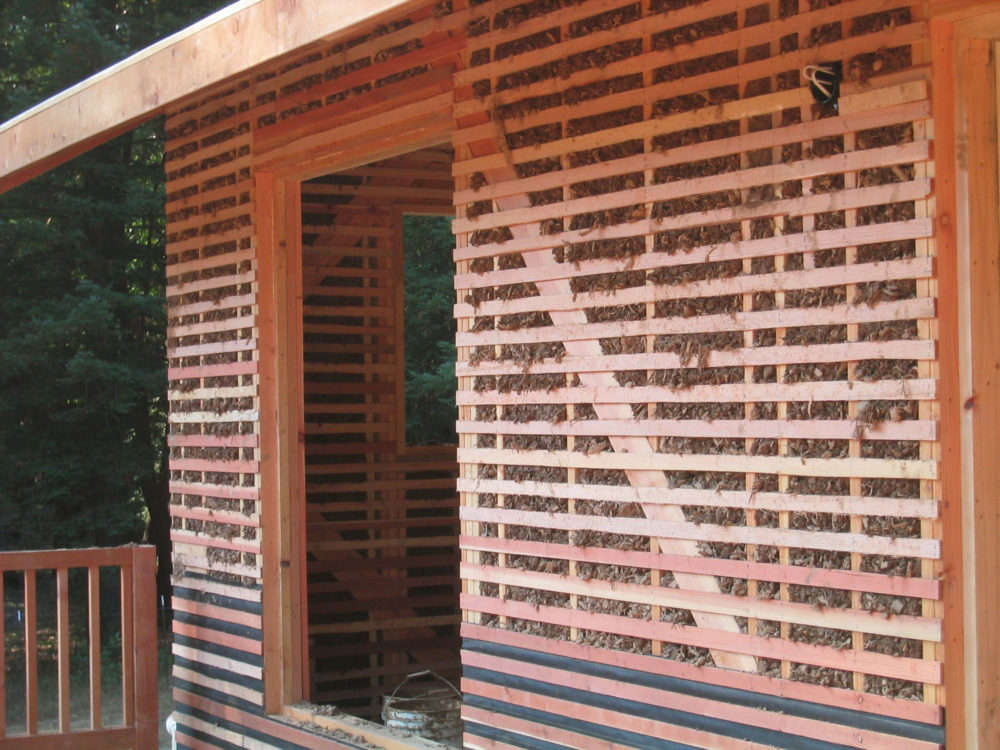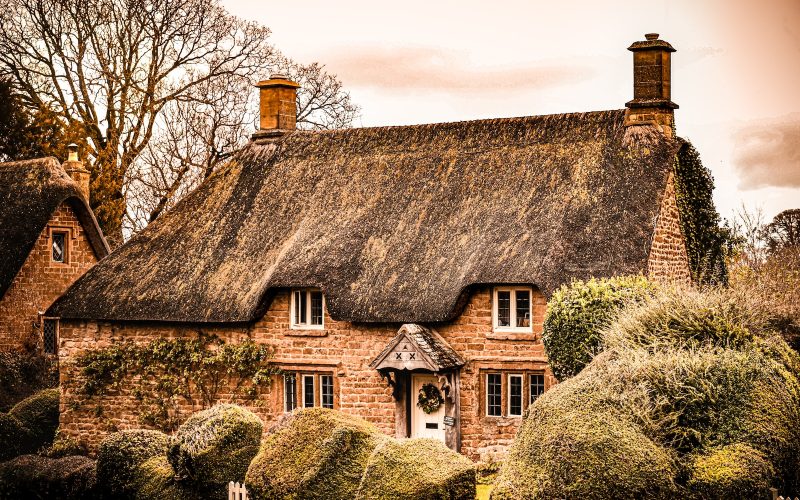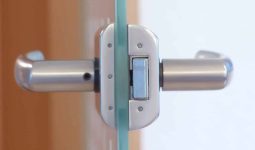Drywall alternatives for cottages are necessary for building a cottage or other small home.
Then, you’re probably looking for cost-effective ways to build the structure and design. It looks just as good as any other house on the block.
While you can hire professionals to do the construction, this can be very expensive, especially if you have any special requirements that aren’t easy to find in your area.
Plus, if you don’t know much about construction materials and techniques.
Choosing what would work best for your home could be difficult, which could add costs if you make the wrong choice.
1. Plastic Panels

Plastic panels are great drywall alternatives for cottages. Because they are lightweight, easy to install, and won’t break the bank. You can find plastic panels at most home improvement stores.
They come in various colors and styles to fit your needs. Another benefit of plastic panels is that they are waterproof. Making them ideal for rooms that may get wet, like bathrooms or kitchens.
Therefore, if you’re looking for an even more budget-friendly option, consider using recycled plastic bottles as your drywall alternative.
This may sound crazy, but it’s a thing! Recycled plastic bottles can be cut into strips instead of traditional drywall.
2. Wooden Panels
Wooden panels can charm your space with their classic cottage look. They’re also relatively easy to install, making them a great option if you’re uncomfortable working with drywall. Plus, they’re environmentally friendly and can be sourced from sustainable forests.
3. Plywood
Plywood is one of the popular drywall alternatives for cottage walls because it’s less expensive and easier to work with. They come in various thicknesses, so you can choose the one that best suits your needs.
Nevertheless, plywood can also be found in different grades, depending on the level of finish you want.
While plywood is generally more durable than drywall, it’s not as fire-resistant. So, if you’re using it in an area with a fire risk, keep that in mind.
Plywood is susceptible to moisture damage, so it’s not the best choice for bathrooms or other high-humidity areas.
4. Veneer Plaster
If you’re looking for beautiful and durable drywall alternatives for your cottage, look no further than veneer plaster. Veneer plaster is made from thin layers of real plaster applied to a wall surface.
However, it dries hard and can be sanded smooth. Making it an ideal finish for walls that will see a lot of wear and tear. Plus, it comes in various colors and can be textured to create a unique look.
5. Pegboard
Pegboard is a great way to add storage to your cottage without taking up too much space.
You can store tools, spices, or anything else to keep organized. Plus, it’s easy to install and can be painted to match your cottage’s décor.
However, many people use them or garages for hanging tools, like work clothes and other items necessary.
6. WoodBoards
If you have no studs behind the wall where you want to hang something, a woodboard can make an excellent drywall alternative for a cottage.
For example, say a door in your kitchen has been removed, and no studs are behind the wall on either side of the door opening. Instead of buying drywall, you could use one or two large wooden boards to fill this opening.
Also, the boards would serve as a backsplash behind the stove. This will help protect against spills on your walls when cooking or washing dishes.
7. Lath and Plaster
If you’re looking for drywall alternatives for the cottage that are both unique and stylish, consider lath and plaster. This option is made from strips of wood or metal that are nailed or screwed to the wall studs.
Then, a layer of plaster is applied over the top. Lath and plaster can be textured or smooth, depending on your preference. The plaster goes through the cracks and crevices in the lath to create an airtight seal.
However, drywall tape is not needed. This type of drywall doesn’t need any sealing compound to be waterproof. It also dries faster than traditional methods (1-2 days).
It isn’t without drawbacks: some people find it difficult to work with. Because you have less control than with other materials like gypsum board or cement boards, it’s not always ideal as a full solution for those reasons.
8. Wahoo Walls
Wahoo walls are a great alternative to drywall for the cottage. They’re made from recycled materials, so they’re environmentally friendly and super easy to install.
They look great and can add a lot of character to your space. Here are 8 reasons you should consider using wahoo walls in your cottage.
- Easy installation – peel off the backing paper and press it into place.
- Eco-friendly – made from recycled material. This means you’re not contributing to more waste or consuming resources like wood or metals.
- Versatile design—the boards look great inside or outside because they come in multiple sizes (12×12, 12×18, 18×24) and lengths (ranging from 8 ft to 100 ft).
- Low cost—Many people think these are expensive compared to other alternatives. However, plywood and wahoo walls offer comparable value at about half the price per square foot.
- UV protection: Wahoo walls’ exterior surface is coated with primer, UV-resistant paint, and varnish. Durable finish: Each board is heavily sanded before painting to ensure no chipping or peeling.
- Maintainable surfaces – all surfaces are flat, making them easier to clean and repaint if necessary.
- Sound insulation properties – noise reduction by as much as 30%.
- Finally, you don’t need experience working with construction materials because installing these drywall alternatives for the cottage is simple!
9. Textured Wall Panels
Textured wall panels are great drywall alternatives for cottages. They add interest and dimension to any space and can be used to create a variety of looks.
However, many types of textured wall panels are available on the market. So you’re sure to find one that suits your style.
Some of the most popular types of textured wall panels include beadboard, shiplap, and wainscoting. Beadboard is a type of paneling with narrow vertical grooves, giving it a distinctive look. Shiplap is another type of paneling with wide horizontal grooves, making it rustic.
10. Brick and Masonry
Brick and masonry are great drywall alternatives for cottages because they’re durable and long-lasting. Plus, they add a unique aesthetic that drywall can’t provide.
Therefore, brick is a great option if you’re looking for a rustic look. If you want something a little more modern, masonry might be the way. Whichever route you choose, make sure you consult with a professional to get the job done right.
11. Lath With Woodchip-clay

Woodchip clay is a great alternative to drywall because it’s more durable and eco-friendly. Plus, it’s easy to find at most hardware stores.
To install, apply the woodchip clay to the wall with a trowel and smooth it out. Let it dry overnight, and then paint or wallpaper over it.
However, the fiber provides strength, while the clay offers some insulation and soundproofing. Another popular option is hempcrete, which combines hemp fibers with lime or cement to create an insulating plaster.
Although this substance does not perform as well as traditional insulation materials, when it comes to stopping noise from penetrating walls, it’s still one of the best choices for those looking for a natural product that also provides thermal insulation.
Therefore, if you’re building your own home, you may want to consider using straw bales as your foundation instead of plywood boards. Due to their high R-value (thermal resistance), straw bales will give you excellent insulation.
12. Fiberglass Reinforced Panels
Consider fiberglass-reinforced panels if you’re looking for strong and lightweight drywall alternatives for your cottage.
These panels are made of glass fibers and resin, often used in boats and RVs. FRPs are resistant to mold and mildew, making them a good choice for moisture-prone areas.
Plus, they can be painted or paneled to match your cottage’s décor. They will provide an extra inch to your wall and require installation with screws at the studs.
13. Fiberglass Mat Gypsum Panels
Fiberglass mat gypsum panels are great drywall alternatives for cottages. They’re fire-resistant, moisture-resistant, and easy to install.
They’re less expensive than drywall and provide a better sound barrier. Their construction process and the coated mat face add years of protection from water. And chemicals that can damage standard drywall or plaster.
However, you can also choose from their wide range of colors, so they will perfectly match your home’s décor. Another benefit is that fiberglass mat gypsum panels are lightweight and versatile in installation options, making them ideal for all types of building structures.
Therefore, the only downside is that fiberglass mat gypsum panels are more expensive than regular drywall. But you get what you pay for!
14. Plasterboard
Plasterboard is a great drywall alternative for cottages because it’s durable, easy to install, and fire-resistant.
Plus, it’s a cost-effective way to finish your walls and ceilings. Plasterboard comes in various thicknesses and sizes, so you can choose the right option.
However, consider these options when using plasterboard. If you’re not installing plywood first, use plasterer’s putty. If vertical seams are between plasterboard sheets, cover them with additional layers.
The joints should be no more than two inches apart and covered with joint compounds. Caulk joints at any electrical outlets or switches.
15. Acoustic tiles
Acoustic tiles are great drywall alternatives for cottages if you’re looking for something that will help reduce noise. They’re easy to install and can be painted or stained to match your decor. They’re relatively inexpensive and can be found at most home improvement stores.
However, Acoustic tiles are a great way to keep sound out of an area without the expense of hiring someone else to do it.
Furthermore, with acoustic tiles, you can have peace when needed without having to resort to walls made of concrete or plasterboard.
Also, it’s an easy fix for people who want privacy in their home office but don’t want the door closed all day, which can lead to overheating issues in warmer climates.
16. Sheetrock alternative
If you’re looking for a Sheetrock alternative, you have plenty of options. You can go with a more traditional option, like plaster or lath, or you can opt for something more unique, like bamboo paneling or even cork tiles.
However, Sheetrock tips include the following: If you’re considering going with one of the less traditional alternatives, Ensure it has good fire resistance.
Bamboo and cork should be fine in that regard. However, other materials may not be as durable and will require regular maintenance.
Therefore, if you have the budget, faux wood looks similar to real wood. And it is much easier to maintain than the real thing.
17. Corkboard
A corkboard is a great option if you’re looking for environmentally friendly and stylish drywall alternatives for a cottage. Made from the bark of cork oak trees, corkboard is a natural material that’s easy to work with.
Plus, it’s flame-resistant and sound-absorbent, making it ideal for use in a cottage. Here are a few things to keep in mind when working with corkboard. Corkboard requires a coat of primer before painting, so budget for this extra step.
However, use an adhesive and nails or screws when hanging your corkboard panels on the wall. When cutting your panels down to size, remove any excess cork pieces with a utility knife or coarse sandpaper before using glue or nail guns.
Moreover, hang an artwork piece from your corkboard wall without damaging it. Try using felt sticky strips (like these) instead of nails or screws.
18. Recycled Tin Roofing
Recycled tin roofing is a great option if you’re looking for a rustic look for your cottage. It’s durable and easy to install, giving your cottage a unique look. Plus, it’s eco-friendly since it’s made from recycled materials.
However, Here are a few things to remember: Tin roofs can be expensive. The average cost of one square foot of tin roofing ranges from $8 to $12 per square foot. Copper roofs are much more expensive than tin roofs, ranging from $30 to $50 per square foot.
Also, there can be an installation fee when using a metal roof on top of another surface, like a wood or asphalt shingle roof.
19. Foam Insulation Panels
Foam insulation panels are great drywall alternatives for cottages. They’re easy to install, lightweight, and fire-resistant.
Plus, they can help keep your cottage warm in the winter and cool in the summer. Here are a few things to remember when choosing foam insulation panels. The type of insulation you’ll need will depend on where you live.
Nevertheless, if you live in an area with high heat or humidity, opt for closed-cell insulation, like Roxul mineral wool or Icynene open-cell polyurethane spray foam. For more temperate climates, cellulose fiberglass is usually sufficient.
Also, you’ll want to consider your budget: some options are less expensive than others, but they may require more time and expertise to install correctly.
Ultimately, there’s no perfect solution that works for everyone’s needs. So choose what will work best for you!
20. Expanded Polystyrene (EPS) Boards
One of the drywall alternatives for your cottage that you may not have considered is recycled tin roofing. This option is not only environmentally friendly but also has a unique look that can add character to your cottage.
However, Tin roofing is durable and easy to work with, making it a great option for do-it-yourselfers. Plus, it’s relatively inexpensive compared to other drywall alternatives.
Moreover, it offers great beauty by reflecting light differently, depending on the sun’s angle. There are several ways to install this material: applying screws from the back side and using construction adhesive.
Stapling over wood or metal framing or gluing pieces together with construction adhesive. However, if one piece starts separating from another, then screws should be used.








